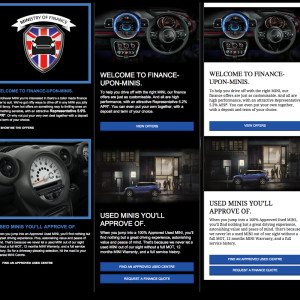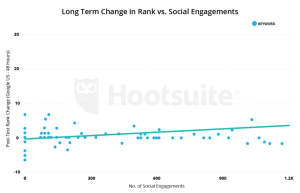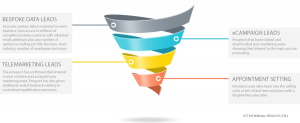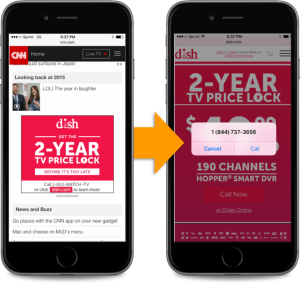— June 30, 2017

skeeze / Pixabay
Ever wonder why your digital marketing proposals are getting rejected? Yeepp… I’ve been there, and I wondered the same thing.
Quick heads up, this article is geared towards freelancers. Onboarding clients in the agency world is a lot different, luckily I have an article on that here.
I’m qualified to own the projects that I’m bidding for. I price my work realistically for the market I’m in, the benefit it provides, and the level of expertise I have to offer.
“So what’s the deal?!” I asked myself while I was clsoing fewer and fewer proposals.
It took some time for me to center in on a strategy that really worked. I actually almost just gave up completely, but then I read Scrum: The Art of Doing Twice the Work in Half the Time and realized that being able to show actual process was worth more than a detailed proposal of work ever could be.
Maybe this concept would help me win more proposals.
Alright, Time to Throw Out Your Current Proposal Process
This is especially true if you’ve been following the same process for a few years now. I was in this boat myself.
So for me the process would be something like this. I would get referred to by someone, or they would find me through my website, B2C or Inbound.org. Then, they would reach out to me looking for a solution to a problem, and chances are they would spend a lot of time talking about their company and current situation.
Historically, I would pair their problems with my solutions and present a proposal outlining the work I could do and how it would help. As I mentioned earlier, the success I once had with this began to diminish.
Here was the problem with my approach.
It’s the same process used by the vast majority of freelancers. They have a discovery call with a prospect, listen to their problems, and send a proposal with a list of services they recommend.
Why’s this a problem though? It seems like the most logical way to offer services.
It only takes one bad experience for a prospect to demand a new approach. If everyone is using the same approach, then the chances of that approach being tainted with a bad experience skyrockets.
I’m sure there are other reasons, but at the end of the day, it doesn’t work that well anymore. The market has shifted and it demands a new process.
An Example of a Proposal Process That Works
Learn as much as you can. Talk about their goals and problems. Try to nail them down as many of these items as possible. Obviously, this is easier with some prospects than others.
Once you have a firm idea of the entirety of their problems and goals you should have enough information to end the call.
Don’t wait to start working, also don’t make any promises. In fact, when you end the discovery call you might say “Well, I don’t know what I would recommend we do, let me do some homework and let’s connect in a week.”
They might push you for a proposal and I’d recommend pushing back, you just don’t know enough yet to help them solve their problems.
Then send a follow-up email scheduling the next call.
In the meantime, learn as much as you can, identify if you can even help them solve their problems. If you’re doing digital strategy work, like me, you should be able to find a lot of room for improvement on their part. Otherwise, they probably wouldn’t be talking to you.
The goal of your research is to form a bulleted list of actual things you would fix. Avoid wishy-washy phrase like “On Page SEO – 10 hours pre month”. Instead, you could export their website data and identify missing elements, headers or meta descriptions that are too long, too short, or are duplicates of each other.
Recommending exactly what elements you would fix helps you avoid wishy-washy line items on your proposal. They also show that you took initiative to the details of what needs to be done.
Quick sidenote about this kind of research
It’s really easy for professionals to execute. If you’re truly good at what you do, giving away this kind of work for free shouldn’t be a big deal. You’re locating missing or incorrectly implemented on page elements. Big deal.
The high-value work will come after you’ve earned their trust.
One of my favorite YouTube channels, FLUX, has a video about trust, and I agree with most of what he says.
I’m not convinced that there has to be a referral system. Not that they don’t work, they absolutely do. However, giving away some work for free gives you an opportunity to let the client get to know you, talk about work, gain exposure to your expertise, and do so without them having anything to lose.
Why Would This Work Better?
An approach like this is more likely to work for a few reasons.
- You’ll stand out from your competition
- It proves that you know how to identify and solve problems
- Increased value in your work – more equity, less debt
Earlier I mentioned to just start doing work, don’t wait until the proposal has been signed. This isn’t coercion, this is starting a working relationship off building equity. As you might remember I’m all about building equity, both as a freelancer and as a brand. Blamo.
The traditional proposal process requires that your clients pay something up front. Essentially, this working relationship is starting with you in debt to your clients. What if something goes wrong? Or the relationship sours?
If you don’t ever think about concepts like this you should probably start. Your prospects think about this all the time.
Building value off the bat will ease their nerves and while it might be a little bit of work up front, that’s all it is. A little bit of work up front.
Digital & Social Articles on Business 2 Community
(62)







